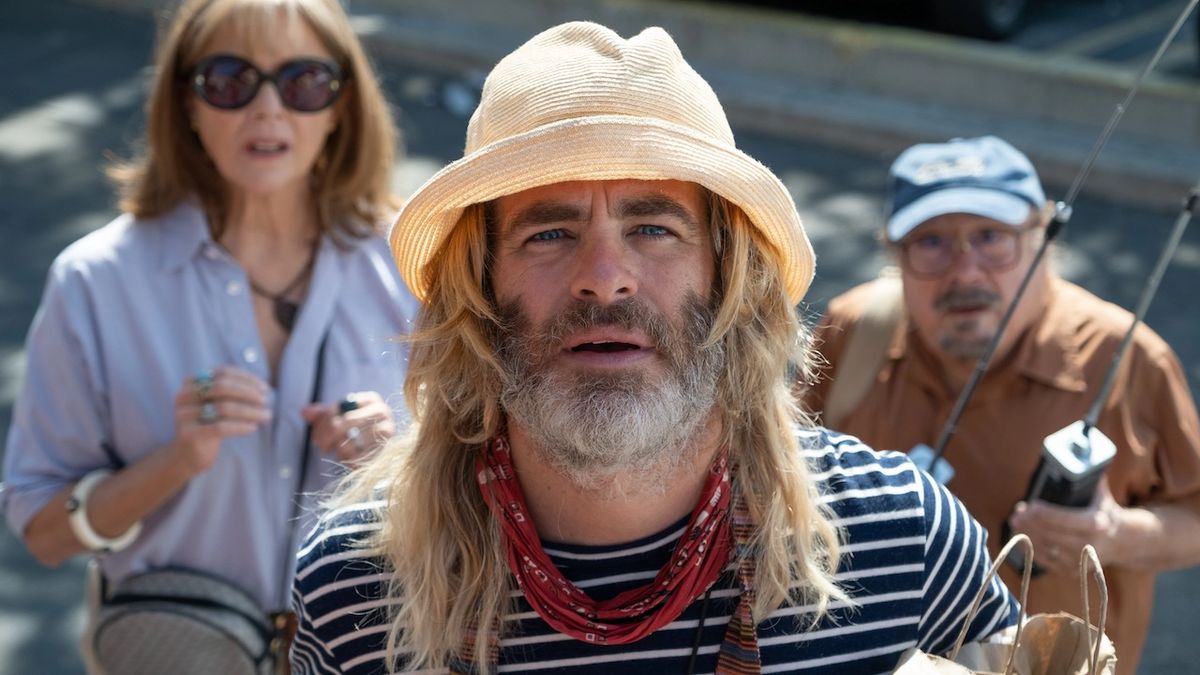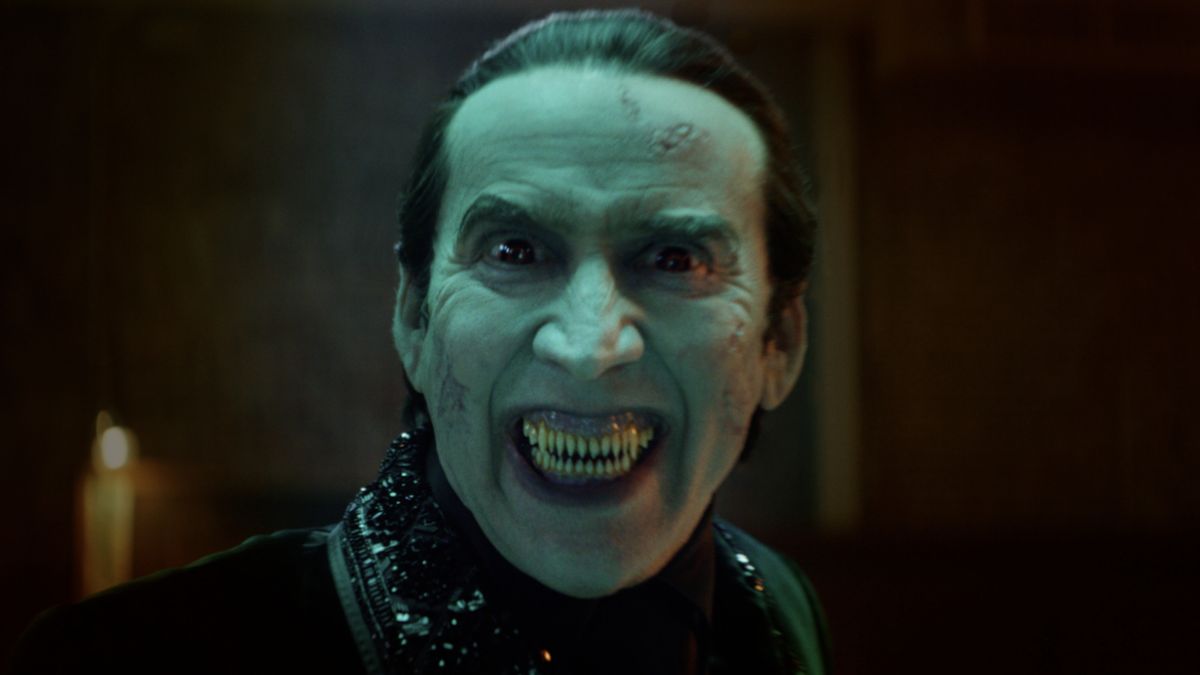The Story Behind ‘Disney’s Folly’ And How Snow White And The Seven Dwarfs Nearly Destroyed The Studio
October 16th, 2023 marks the 100th anniversary of The Walt Disney Company. The last century has been an incredibly successful one when it comes to the entertainment that the studio has produced. Today, it’s near impossible to imagine a world where the name Disney doesn’t conjure up images of happiness, but it almost wasn’t so, as the movie that ultimately transformed Walt Disney Productions from a cartoon studio into a movie studio could have just as easily destroyed it.
Snow White and the Seven Dwarfs is one of the most well-known movies ever made. At the time, it was the most successful movie ever released at the box office, and when that box office is adjusted for inflation, it’s still near the top. But it was also a massive gamble; one that many people thought Walt Disney was going to lose.

Snow White Exists Thanks To The Three Little Pigs
For as long as animation was a medium consumed by the masses, it existed in the form of shorts. Hand drawing every frame of even a nine-minute cartoon took weeks of work and thousands of dollars to produce. The idea of making anything longer than the traditional shorts that accompanied live-action features would be a herculean task considering just how many drawings would be required. It would also be an incredibly expensive undertaking, as making simple shorts wasn’t cheap, and even the successful Disney Studio would likely have trouble financing it.
But then in 1933, Walt Disney Pictures released The Three Little Pigs. The success of this cartoon cannot be understated. The Depression-era audience embraced the pigs’ battle with the Big Bad Wolf in a way that no cartoon had been welcomed since Mickey Mouse. “Who’s Afraid of the Big Bad Wolf” became the first Disney radio hit. The animated short remained in theaters for months in an era where these things were usually measured in weeks, if not days. The studio had come a long way in the years since Disney lost the rights to Oswald the Lucky Rabbit.
One of the reasons The Three Little Pigs was so successful, in the eyes of critics, was the way Disney’s studio had found a way to truly animate personality. While the three pigs looked essentially identical, they moved and emoted differently. Disney’s animators had created cartoon characters that could do things on the screen no others previously could. This helped convince Walt that a feature-length animated film was possible, and that audiences would be able to relate and empathize with animated characters over a longer story because his artists were capable of making them feel truly real.

Walt Disney Productions Borrowed Heavily To Finish Snow White
The other thing The Three Little Pigs did, which Walt Disney Pictures needed to produce a feature-length film, was bring in lots of money. The financial success of Pigs provided the capital that would be necessary to start production on the feature. Nobody knew what a feature-length cartoon would even cost or how it would scale up from the cost of a short, but it was clear it would be expensive. Estimates were the feature could cost as much as $250,000. Those estimates were incredibly low.
In 1934, Walt Disney decided that Snow White, a story he had seen in a movie theater as a child in Marceline, Missouri, would be the subject of his film. He brought together his story group to hammer out a plot, and that October, Walt brought all the animators onto a soundstage and he performed the movie for them himself, going through all the story beats. Work on Snow White and the Seven Dwarfs had begun.
Many critics thought Walt was crazy. Snow White and the Seven Dwarfs was called “Disney’s Folly” in the press. It was believed that the brilliant Walt Disney who had accomplished so much had finally taken a step too far. In the end, the film would end up costing about $1.5 million, multiple times more than estimated, and a massive sum for 1937.
While The Three Little Pigs gave Disney a good start on his animated feature, the studio would need a lot more money to complete the film. Both Walt and his brother Roy mortgaged their houses, and over the course of the next three years, the studio would take out multiple loans with Bank of America in order to be able to pay for everything.
As the loans increased, the bank became increasingly concerned it was giving Walt Disney Productions too much money. Eventually, when Disney asked for yet another loan, Bank of America insisted that it actually see what it was they were paying for.
Joseph Rosenberg, a Bank of America vice president, visited the Disney studio and sat in a dark screening room with Walt to be shown pieces of the unfinished movie. As the story goes, Rosenblum was almost entirely silent during the showing, and Walt began to panic. A lot of the film wasn’t done, and pencil sketches represented much of the product. Walt tried to cover and make excuses. In the end, Rosenblum walked out to his car with Walt and before driving away said, “That thing is going to make a hatful of money.” The loan was approved.

Snow White And The Seven Dwarfs Created The Walt Disney Company We Know Today
Of course, we know now there was no folly in Disney’s Snow White and the Seven Dwarfs. The movie would be heralded by critics when it premiered in December 1937, and would become an instant success when it debuted to the general public a couple of months later. Snow White would make more money than any movie ever had, allowing Disney to pay back all the loans it had taken out and pay off its mortgages.
Walt Disney would then take a lot of the remaining profit, and just as Three Little Pigs helped pay for Snow White, Snow White would now pay for a brand-new studio. The current Walt Disney Studios lot in Burbank, California was built with the proceeds from Snow White.
While it’s hard to imagine a world without Snow White and the Seven Dwarfs, it’s not too hard to imagine what would have happened if the movie had flopped, or worse, if Disney had been unable to complete the film due to the money running out. Walt Disney Productions could have completely folded. Even if the company had found a way to survive, future animated feature films certainly would not have come from Disney, and other studios could have been scared away from the idea as well. Animation as an art form would have been set back decades.
Walt Disney liked to say that it was “all started by a mouse,” and while that’s certainly true, what that mouse started in 1928 could have ended less than a decade later. Instead, Snow White became the first of dozens of animated feature films from Disney and inspired generations of animators who would go on to make those movies and so many more.
Today, Snow White is still a key part of Disney’s history and future. The original Snow White and the Seven Dwarfs is getting a 4K release on Disney+ to celebrate Disney’s 100th anniversary, and the live-action Snow White movie is one of the most hotly anticipated upcoming Disney movies. Even more than 80 years later, Disney owes Snow White a lot, in fact, it owes that movie everything.






